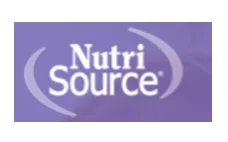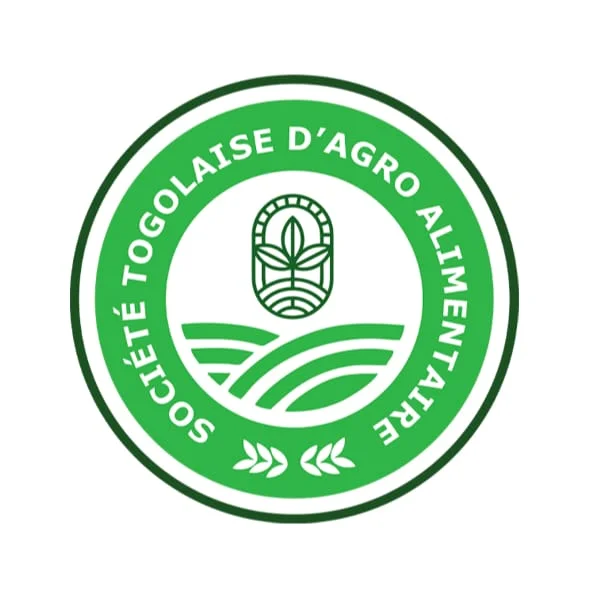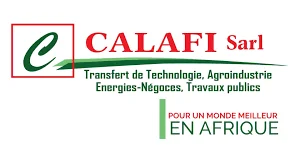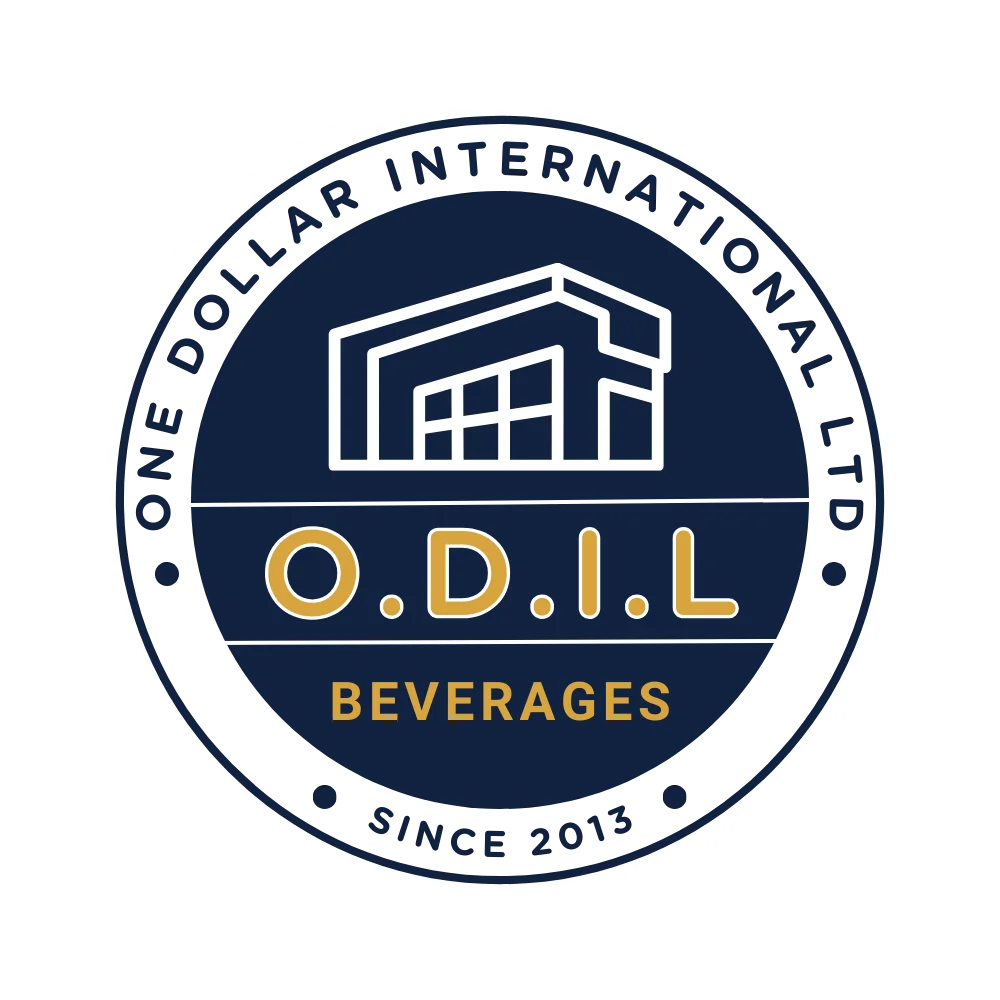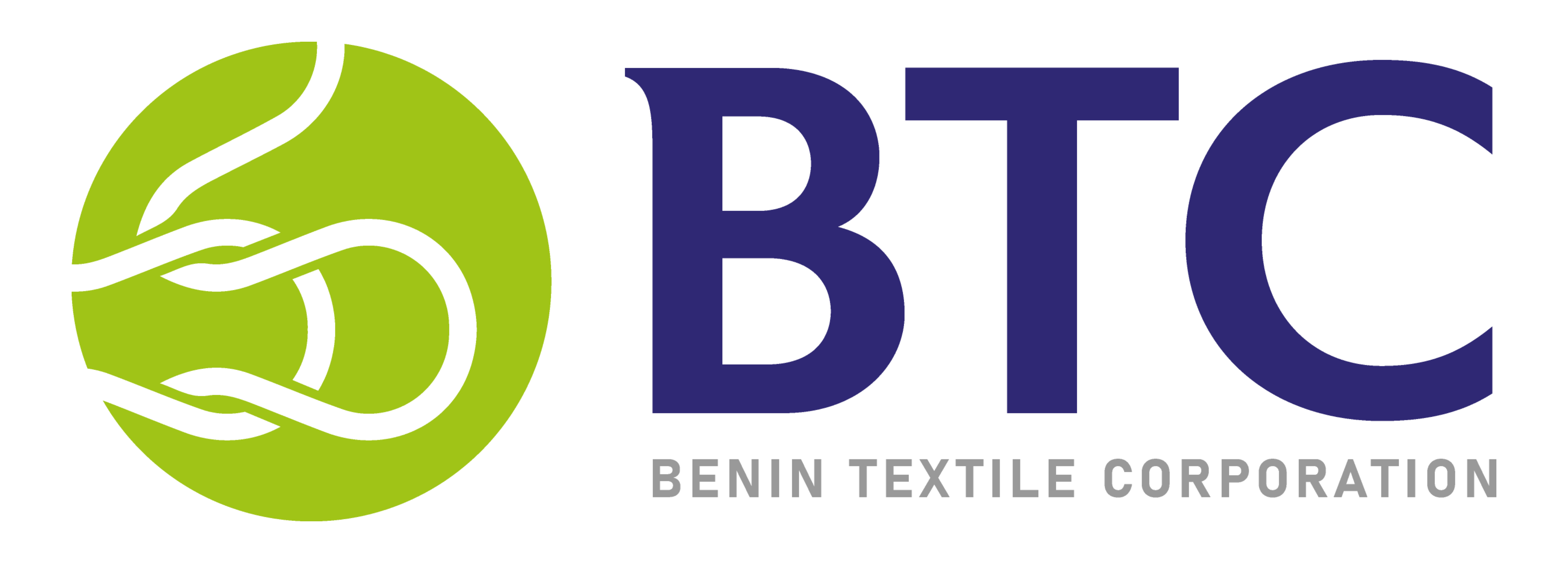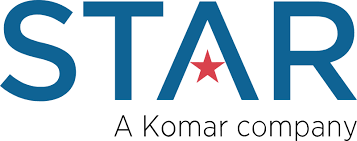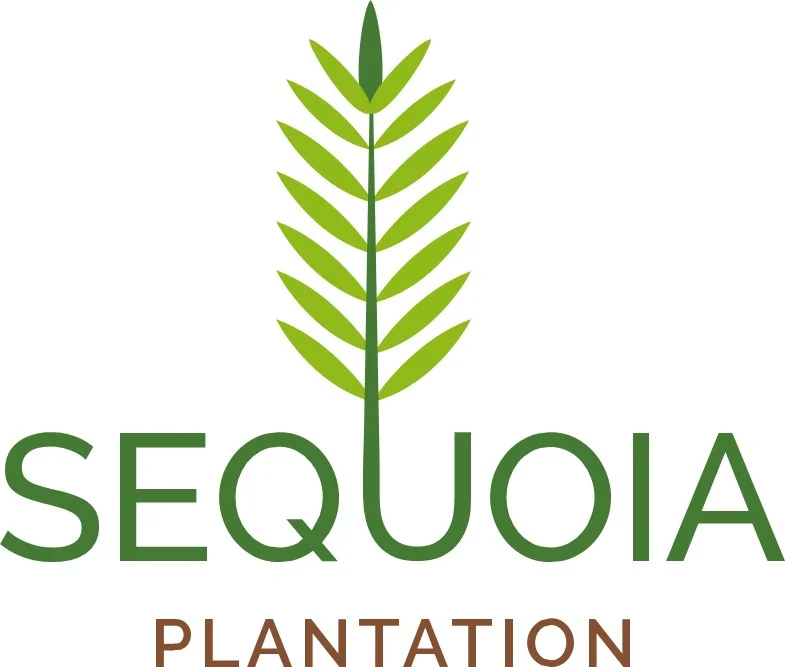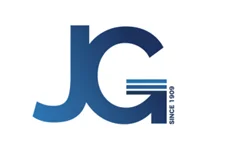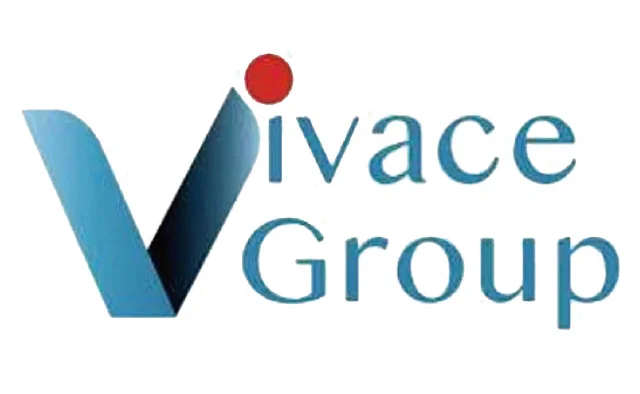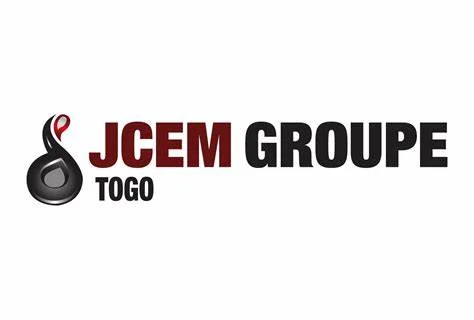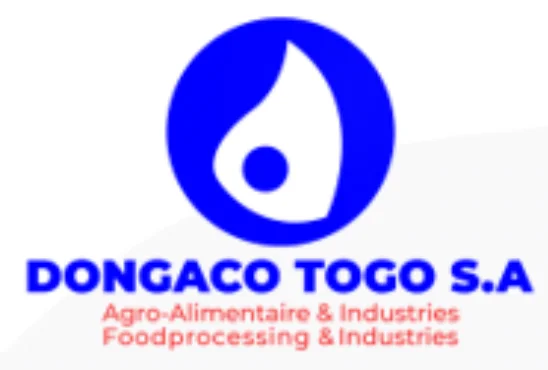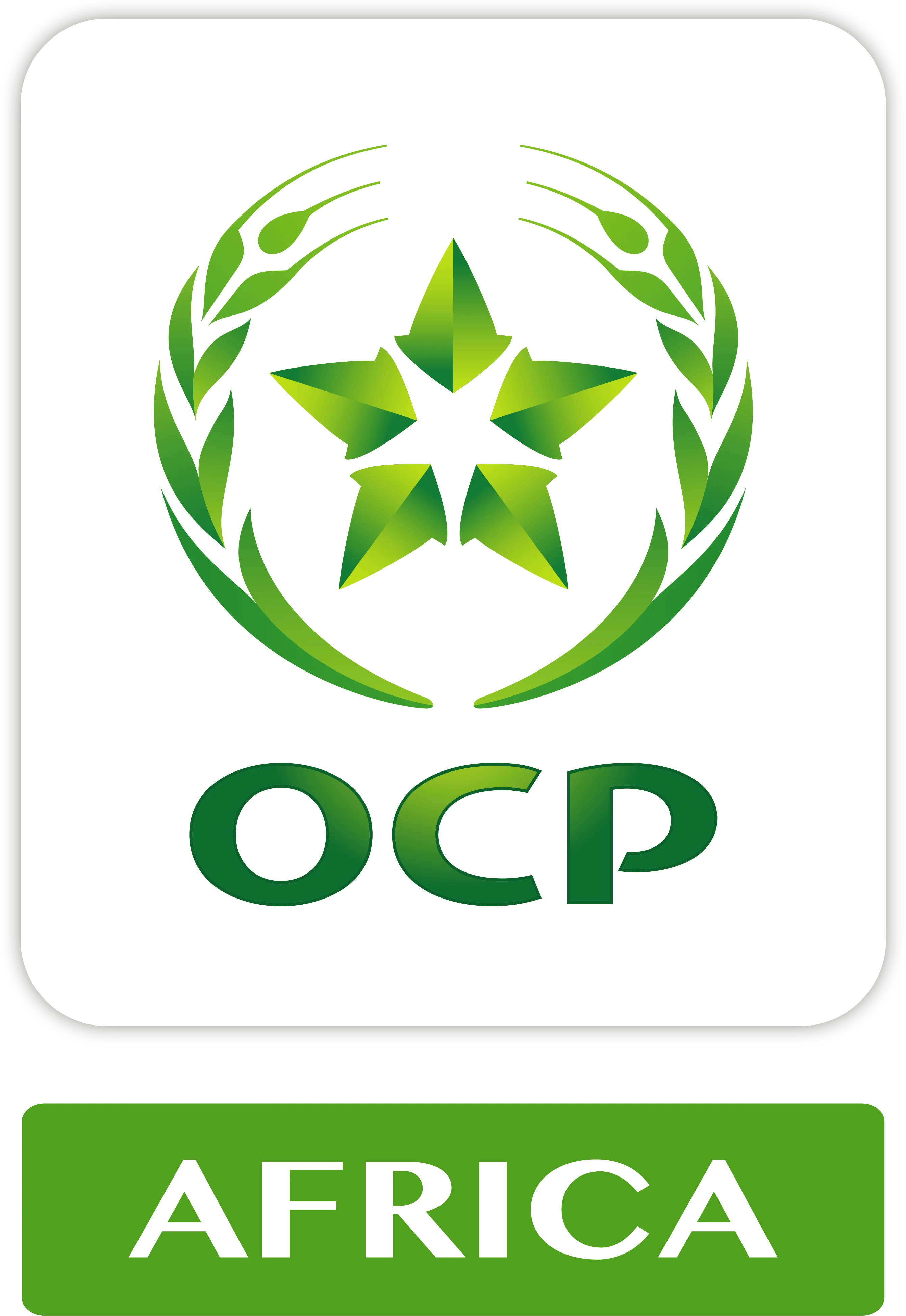What are the optimal agricultural practices for maximizing groundnut yield in the ZISARH zone?
Investors should consider crop rotation, soil health management, and integrated pest management. Collaborating with local agronomists can help develop tailored farming practices.
How does the local climate impact groundnut production cycles?
Understanding the specific rainfall patterns and temperature variations in the ZISARH zone is crucial, as groundnuts require specific conditions during planting and harvesting phases.
What infrastructure improvements are necessary to support groundnut processing and export?
Assessing the current state of transportation, storage facilities, and processing plants is vital. Investment in logistics and modern processing facilities can enhance product quality and marketability.
What are the predominant pests and diseases affecting groundnut crops in ZISARH, and how can they be managed?
Common issues include leaf spot, root rot, and pests like aphids. Implementing preventive measures and integrated pest management strategies can help mitigate these threats.
How can investors engage with local farmers to ensure sustainable sourcing of groundnuts?
Building relationships through cooperatives or farmer groups can facilitate knowledge sharing and sustainable practices, ensuring a steady supply of quality groundnuts.
What role do government policies play in the groundnut sector, and how can investors leverage them?
Understanding government initiatives related to agriculture, subsidies, and export incentives is essential. Engaging with local government can help align investment strategies with national agricultural goals.
What are the potential barriers to entry for new investors in the groundnut sector?
Challenges may include initial capital requirements, navigating local regulations, and establishing reliable supply chains. Conducting thorough market research and risk assessments can help address these barriers.
How can market volatility in groundnut prices be managed?
Investors can implement hedging strategies, diversify product offerings, and establish contracts with buyers to mitigate the risks associated with price fluctuations.
What are the benefits of establishing groundnut processing facilities locally versus exporting raw peanuts?
Local processing adds value, creates jobs, and increases the competitiveness of Chadian groundnuts. Assessing market demand for processed products can inform investment decisions.
How can investors ensure quality control and compliance with international standards in groundnut production?
Implementing rigorous quality management systems, conducting regular training for farmers, and adhering to export standards are essential for maintaining product quality.










